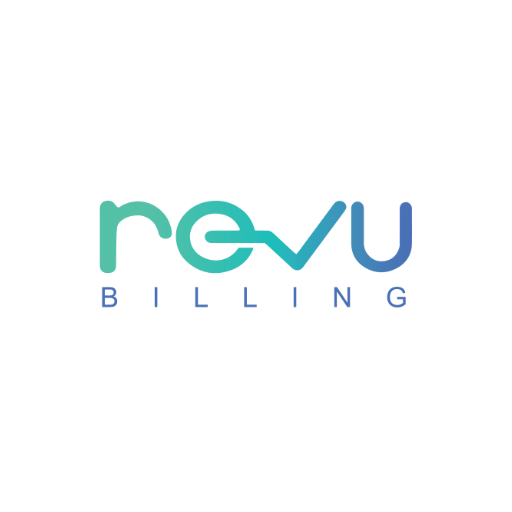Ultimate procedure of comprehensive dental insurance verification.
comprehensive dental insurance verification Before diving into the blog, let me clear out that insurance plans and verification are not as easy as they seem; people often assume it is a simple procedure, but that’s not true. It is a long and hectic process and requires a skilled team to carry out the process so that chances of mistakes are next to impossible. Revu Billing is all here to explain the procedure.
Importance of comprehensive dental insurance verification
Having comprehensive dental insurance verified is crucial. If you check patients’ insurance, you can save money if it turns out that their initial visit is subject to a deductible. Also, you won’t have to worry about your insurance company paying out less than you’re owed. Many patients need a basic understanding of the four insurance payment principles. You may count on them to include the following:
- Deductible
- Co-insurance
- Co-pay
- Out-of-pocket maximum
- However, knowing a patient’s insurance coverage is essential before explaining these payment concepts to them. The benefits of checking patients’ insurance are as follows:
- Stopping insurance companies from refusing to pay for root planning and scaling
- Protecting existing patients from having their payments denied for quick checkups during medical emergencies
To avoid having fees for cleaning and checkups lowered
Protection against insurance companies refusing to pay for a preventative visit for a new patient
Comprehensive dental insurance verification Dental Insurance Verification Eligibility
This is the complete guide to the comprehensive dental insurance verification
Determine when their benefits were put into action:
A timeline of the patient’s advantages of becoming active is provided. If they recently switched insurance providers, they may still be waiting for their new plan’s benefits to take effect. This is the FIRST thing you should look for.
Check their insurance plan:
The maximum annual benefit for dental care is the most the insurance company will pay for any patient. If they are nearing their limit, you should investigate this immediately. You should inform the patient that they will have to pay extra for their own money if they exceed their limit.
Estimate the typical percentage of coverage:
You and the patient need to be on the same page about how much of the surgery will be covered by insurance. Typically, insurance will cover either 100%, 80%, or 50% of the cost. As a result, the remaining balance will be charged to the patient. They need to know this, and it helps you offer each patient an idea of how much they’ll have to pay. When discussing the potential out-of-pocket costs, it is important to stress that this is only an estimate.
Determine the patient’s out-of-pocket expense:
One factor that can change a patient’s out-of-pocket costs is the deductible. Before the insurance company begins to pay for dental care, the patient must pay the deductible. A yearly deductible per person and family is standard on most plans. Your patient really should be aware of this. You are probably aware, however, that many patients need clarification about their insurance. As you verify their insurance, take the time to explain what they can expect to owe out of pocket. It will go a long way toward earning their trust and avoiding unpleasant surprises when receiving their final bill.
Verify that you have not already used any benefits:
Can we assume that this patient will use up most of this year’s benefits? If that’s the case, make sure the patient understands, and see if you can get them in for treatment before their insurance expires for the year. Never put patient care second because of insurance coverage. Delaying therapy could cost more money. Minor procedures can develop into more involved and costly ones.
This is, of course, dependent on the nature of the necessary process and its level of urgency. If the patient’s insurance has already been utilized, at least let them know how much it will cost out of pocket.
Exclusion from Dental Insurance Verification
Regularity
- Dental insurance may only cover one treatment. Patients may only have two annual cleanings. Inform the patient that insurance will only cover a third cleaning if their plan allows two.
Age limit
- Parents’ insurance may not cover 26-year-olds. Check the patient’s insurance eligibility—procedure age limitations. Fluoride is coated at 16, and orthodontics at 18.
Replacement
A dental insurance replacement provision prohibits the insurance company from replacing a lost retainer or filling before 24 months. If your patient obtained a bridge four months ago and needs it replaced, their insurance plan may cover it for less than 5 to 10 years. If your patient calls for a new bridge and you verify their insurance and see this replacement clause, you must schedule the replacement.
Tooth loss
Check insurance for a missing tooth clause if a patient loses a tooth and needs treatment. Insurance wouldn’t pay for tooth replacement if the patient lost it before their policy started.
Time spent waiting
Time is a major factor in many of these exceptions and clauses. While verifying the patient’s insurance, you should ask about the patient’s waiting period before certain dental operations are covered. Double-checking is important, but this is often reserved for more extensive dental work. Therefore, patients may have a waiting period before they can use their insurance if they have recently registered for a new plan.
In a nutshell, dental insurance verification
Dental Revu has explained the process of dental insurance verification; it is a long, complex process. Let’s get in touch, and we will make the experience smooth.




